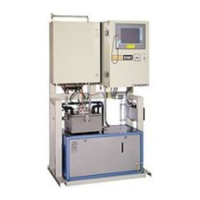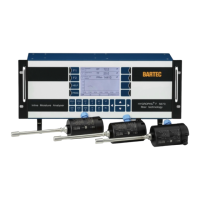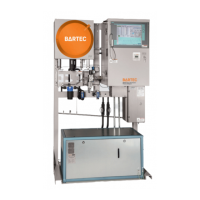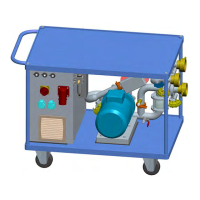What to do if BARTEC BENKE Measuring Instruments show implausible values?
- CcurtislopezAug 7, 2025
If you're getting implausible values or the reproducibility of your measuring results decreases with your BARTEC BENKE Measuring Instruments, it could be due to several reasons. An alarm may have caused the measuring value output to reset to the initial value, so remove the cause of the alarm and carry out a reset. Check for errors in the sample conditioning system such as contamination, water, incorrect temperature, or gas in the product, and ensure the product is conditioned as specified in the technical data. Inspect the test filter for soiling and clean it if necessary. Also, verify the vacuum level at the vacuum pressure gauge and adjust it using the pressure controller if needed. Finally, a valve may be out of order, in which case you should replace the respective valve.




